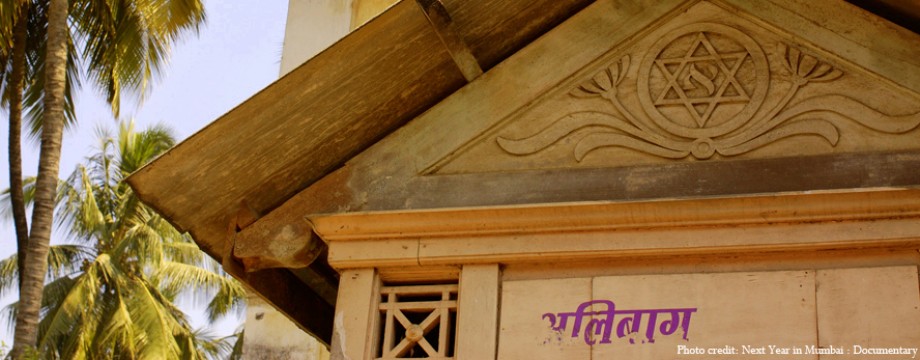
The Bene Israel Jewish community from West India is a unique group of people whose history before the 18th century isn’t very well known. Bene Israel members think they are descendants of Jews, but they don’t know who these ancestors are or when they came to India. Some people think they came in the 8th century BCE, but others think they came in the 6th century CE. Here, we look at the genetic history of Bene Israel by collecting and genotyping 18 Bene Israel people. We looked at the genomes of 438 people from 32 Jewish and Indian populations, as well as other people from around the world. We looked at FST, PCA, ADMIXTURE, identity-by-descent sharing, admixture LD decay, haplotype sharing, and allele sharing autocorrelation decay, as well as the X chromosome and the autosomes. In India, the Bene Israel people look like other Indians, but they are also a distinct and separate group. They share genetic ancestry with other Jewish populations in a way that hasn’t been seen in any other Indian population. A group of people who have both Jewish and Indian ancestry is called Bene Israel, and the results show that this group is a mix of the two groups. Between 19 and 33 generations ago, there was a mix-up. People from the Middle East were involved in it. It was sex-biased, with more male Jewish and local females contributing to it. It led to a population shortage and a lot of interbreeding, which has led to more recessive diseases in this group of people. This study also shows how genetic analysis can help us learn about human history when other fields don’t have enough information to do so.
Source: https://www.biorxiv.org/content/10.1101/025809v1.full
